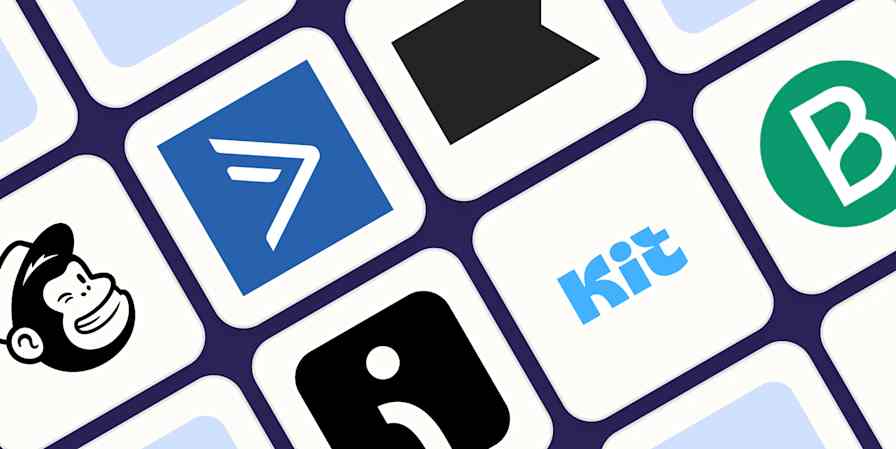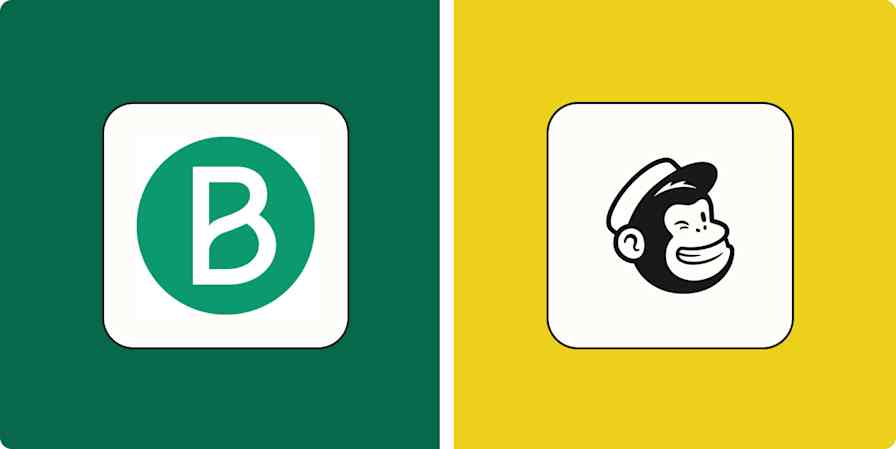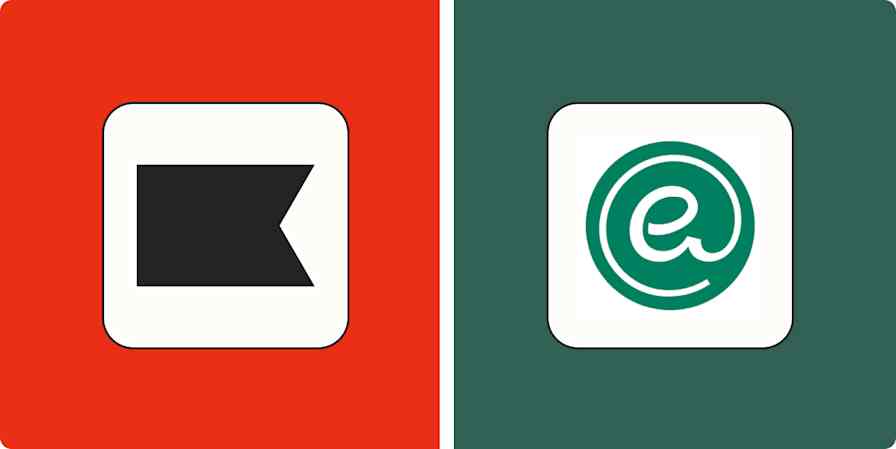Scaling an email newsletter is hard—I know because I've done it. It's easy to turn to paid ads to get the job done, but there are other ways of growing your email list without spending thousands of dollars upfront. Here, I'll share what worked for me.
1. Launch on Product Hunt

Launching on Product Hunt was one of the first list-building strategies I tried, and it ended up being one of the most successful too. It helped me scale my investing newsletter, Ticker Nerd, to hundreds of paid customers overnight and grew the email list simultaneously.
Here's what we did before launching:
Scheduled a day and time to launch
Prepared the images and description
Found a "hunter" to post our product (we used Pat from Starter Story)
Found 10-15 Product Hunt users to comment and upvote
It's definitely a one-off "growth hack" to start you off, but Product Hunt still refers some users to our website almost two years after launching. Not bad.

The good news: you don't need to be the #1 product of the day—Ticker Nerd wasn't even in the top five, and it still managed to be highly successful. Of course, your results will vary depending on your product, but it's free, so there isn't any downside to trying.
2. Reverse engineer winning Reddit posts
This is my favorite strategy: it's fun, repeatable, and scalable. Reddit works so well that I've used the same strategy for Ticker Nerd and my personal site on a bunch of occasions.
The core idea is to uncover which posts perform well in your relevant subreddit (I use the free tools Subreddit Stats and Anvaka Sayit to help) and then recreate posts with similar themes to help them go viral. In the process, you can subtly weave in your product, brand, or link.
I often don't even mention my site until there are at least 20 upvotes and comments, so the moderators don't delete the post for violating their terms. If the subreddit has strict rules, I won't even hyperlink the URL just to be safe.
Here's an example.

Three things made this post gain some traction:
It's genuinely helpful and adds value to the community.
It's written in the same language the subreddit members use.
The call to action is subtle.
If you try this tactic, keep a few things in mind:
Many marketers have abused this strategy, so it's harder to execute.
You need to build a Reddit history (i.e., karma).
You risk getting banned from a subreddit if you don't follow their rules.
3. Create bottom-of-the-funnel content
This is a long-term play, but it's one of the most effective strategies if executed correctly. Bottom-of-the-funnel or BOFU content is designed for prospects in the decision-making stage of their buying journey. It generally helps them decide which product or service to choose or pushes them to make a purchase. In this case, we're referring to folks that want to sign up for an email newsletter, and your goal is to make them sign up for yours.
In my case, investors often search for "investing newsletters" on Google. So we created our own Ticker Nerd page for the best investing newsletters. That way, investors aren't only seeing us as a suggestion—they're already on our website.
As with most of the strategies I've listed in this article, there are second-order effects here too. In this case, if you have a page that ranks for high-value keywords, you can use it as leverage to get featured elsewhere. For example, people often email me asking to be included on our list. If (and this is important) I believe their newsletter will add value to my audience, I can consider including them in exchange for an equally valuable shout-out. It might be inclusion in one of their articles, a shout-out in another newsletter, or even a simple backlink.
4. Dominate the SERPs
I like to take my BOFU strategy a step further and try to dominate the search engine results page (SERP) for my best-performing keywords.
I managed to execute this strategy for the keyword "copywriting newsletters." I published an article on my personal site, wrote a Reddit post, and even contributed a related article to Zapier.

There are now three pieces of content I've produced ranking on the first page of Google. Of course, this changes over time, but if you can keep the content updated, you're able to focus in on a niche keyword that will attract potential subscribers.
5. Join paid communities relevant to your niche
This strategy requires some upfront investment, but I'd argue it's worth it.
I started joining business communities to connect with like-minded people and learn as much as possible. But in the process, I managed to get free advertising for Ticker Nerd by being featured in various community newsletters—just by participating or sharing my experiences.
We've been featured in many newsletters over the years, including Trends by The Hustle, Trends.vc, and Starter Story. Combined, these newsletters have hundreds of thousands of readers.

Most community newsletters have an engaged subscriber list, so even a subtle link can drive meaningful traffic. Below is the spike in traffic from the newsletter feature above.

How to choose the right newsletter growth strategy
Some niches are highly competitive, so ranking on Google for a bottom-of-the-funnel keyword can seem impossible. Other niches might have an audience that has never used Product Hunt, so launching there doesn't make sense either. Which of the above strategies you try will depend on your business.
But when it comes to prioritization, I like to apply the ICE Framework to guide my decisions. ICE stands for impact, confidence, and ease. Impact measures the potential benefits, confidence assesses how sure you are of the impact, and ease evaluates how simple it is to execute. The idea is to score each task on a scale of 1-10 and take the average score. From there, you can rank each growth task and start with the strategy with the highest scores.
Related reading:









